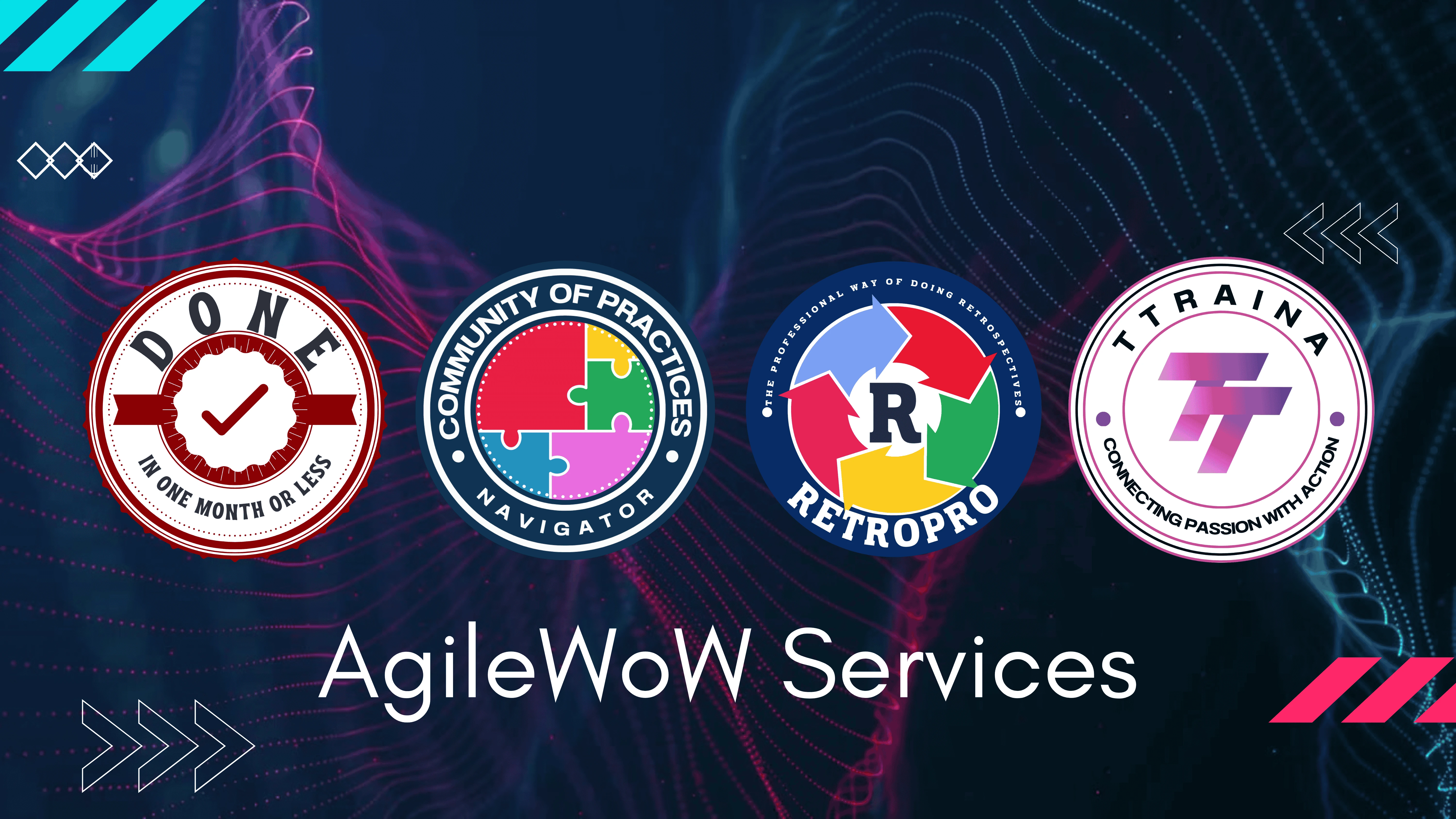How Leaders Can Support Mental Health
Early in my career, I believed that burnout was just part of being successful. I wore my exhaustion like a badge of honor, thinking constant stress meant I was important and productive. But after more than two decades in leadership roles, I've learned a crucial lesson:
Burnout isn’t a sign of success—it’s a clear signal something needs to change.
Many talented professionals experience burnout, especially between 5 and 20 years into their careers. It’s not just tiredness—it’s deep emotional, physical, and mental fatigue. Left unchecked, burnout can damage both careers and personal lives.
As leaders, we have a significant role to play in preventing burnout and promoting positive mental health in our teams. Here's how you can move your team—and yourself—from burnout toward a genuine breakthrough:
1. Normalize Conversations About Mental Health
The first step in supporting mental health is creating an environment where people feel comfortable talking about it. The simplest way? Start the conversation yourself.
When leaders openly share their experiences or struggles—even something small like acknowledging when they're overwhelmed—it makes it okay for everyone else to do the same.
In your next team meeting, share a moment when you felt stressed or overwhelmed, and how you dealt with it. Invite others to share their experiences too.
2. Watch for Signs of Burnout
Burnout often creeps in quietly. Recognizing it early can make all the difference. Common signs include:
- • Increasing negativity or cynicism about work.
- • Constant tiredness or frequent illness.
- • Sudden drops in productivity or motivation.
- • Withdrawal from team activities and interactions.
As leaders, our role isn't just to assign tasks—it's also to notice and care when something feels "off."
Regularly check in with your team members, individually. Ask open-ended questions like, "How are things going for you these days?" or "What can I do to support you better?"

3. Set Healthy Boundaries and Model Balance
Leaders often unintentionally contribute to burnout by setting unrealistic expectations. Late-night emails, weekend requests, and the "always-on" culture send a harmful message.
When I started actively modeling healthy boundaries—taking real lunch breaks, not sending emails after hours, openly prioritizing family or personal time—I saw a dramatic positive shift in my team’s mental health.
Set clear boundaries around work hours. Tell your team directly that you don't expect responses outside normal hours—and stick to that commitment yourself.
4. Offer Practical Support
Words alone aren't enough. Leaders must provide tangible resources and options for support, such as:
- • Flexible working hours or remote work options.
- • Access to mental health resources or counselling.
- • Clear pathways to seek help without judgment.
When teams feel practically supported, their stress levels decrease, and productivity increases significantly.
Regularly remind your team of the mental health resources your company provides. If your company doesn’t have many, advocate for them.
5. Celebrate Progress and Small Wins
Burnout often results from feeling stuck on a never-ending treadmill. By recognizing and celebrating small victories, leaders can help reignite a sense of accomplishment and purpose in their teams.
Start or end meetings with quick "wins"—acknowledge both personal and professional achievements.
6. Encourage Meaningful Breaks
True breakthroughs often come when we pause, reflect, and recharge. Encourage your team to regularly take meaningful breaks—not just quick coffee runs, but vacations or mental health days that genuinely help them rest and recharge.
Publicly encourage and celebrate team members taking their allotted time off.

From Burnout to Breakthrough
Supporting your team’s mental health is not only the right thing to do; it's a strategic advantage. Teams with supportive leaders are more motivated, more creative, and far more resilient in challenging times.
Let's shift our mindset from glorifying burnout to cultivating genuine breakthroughs—personally and professionally.
Leadership isn't just about the results your team produces; it's about the well-being and growth of the people you lead. By investing in mental health, you're investing in long-term success and true leadership legacy.
What are some practices you use to prevent burnout in your teams? I'd love to hear your thoughts. Please share in the comments below.
If you found this article helpful, consider sharing it with your network.




